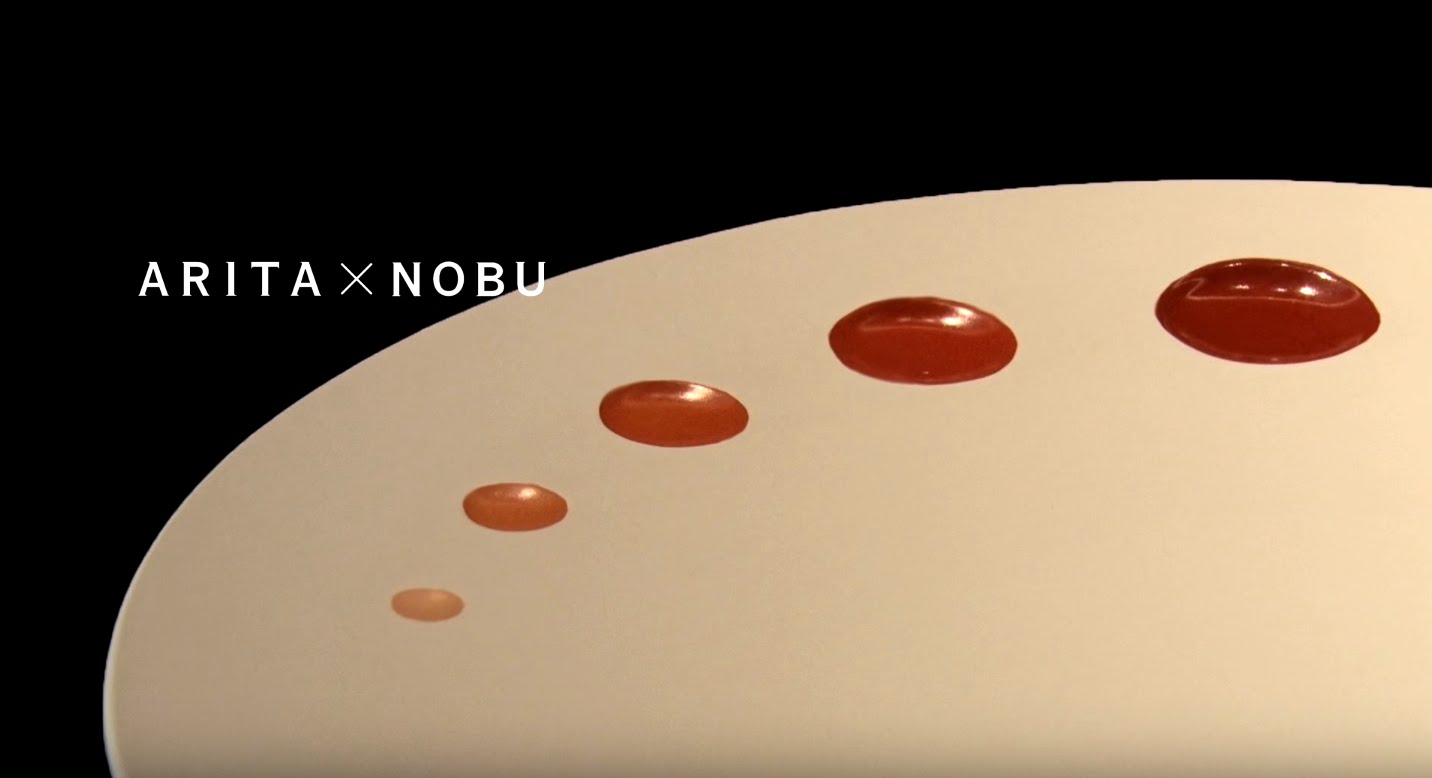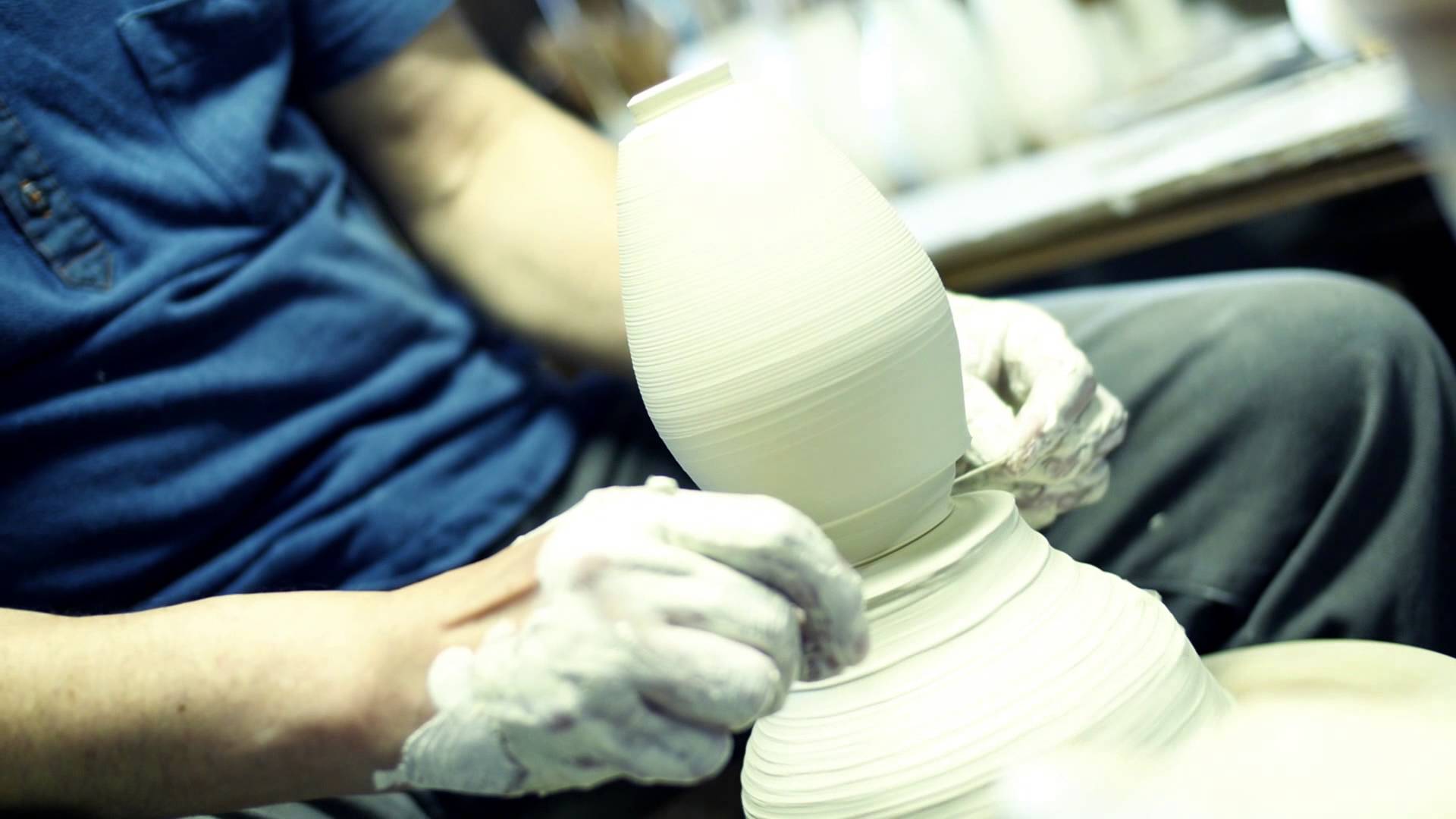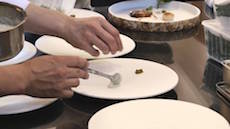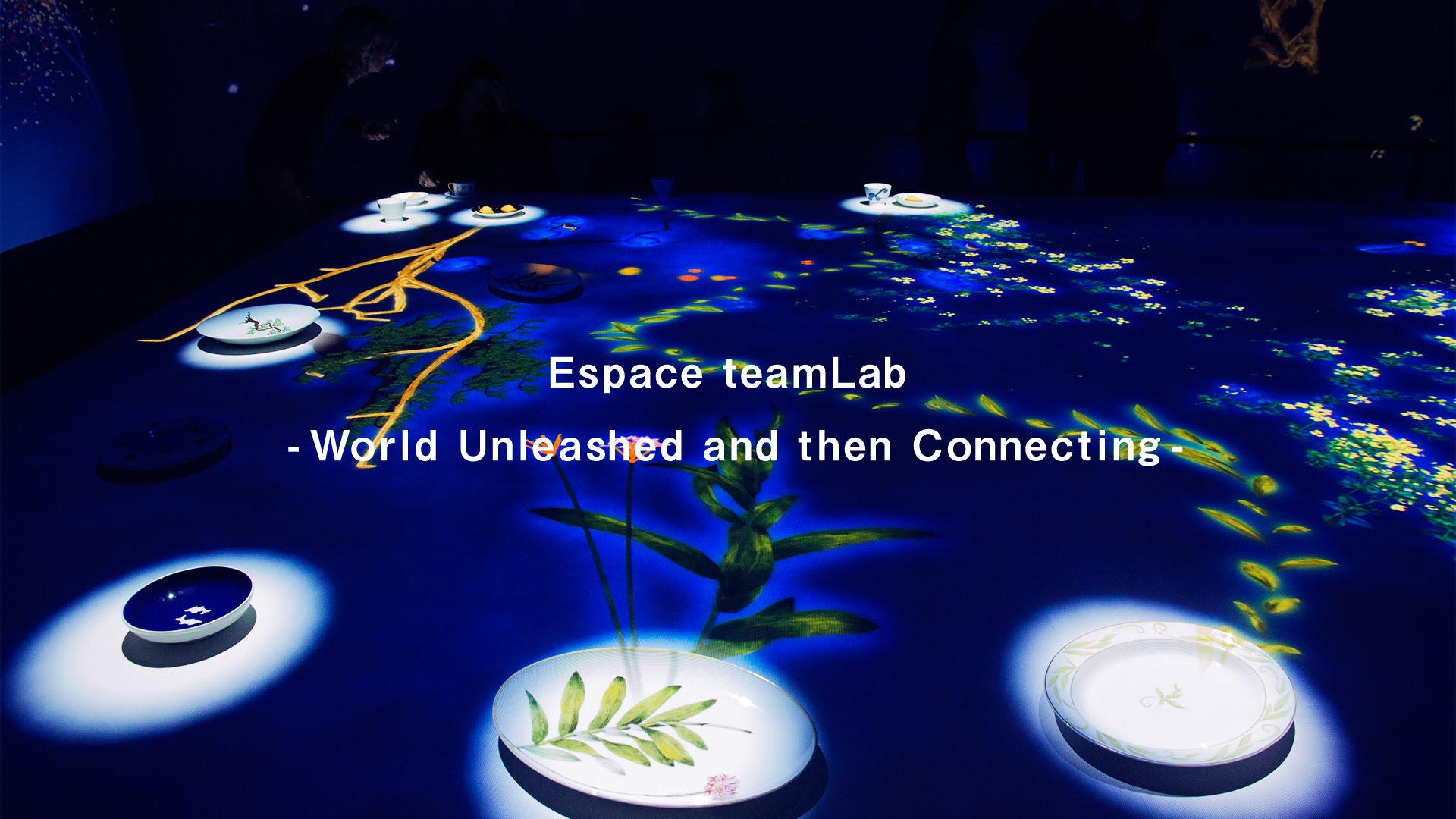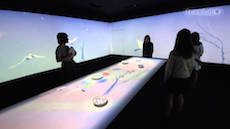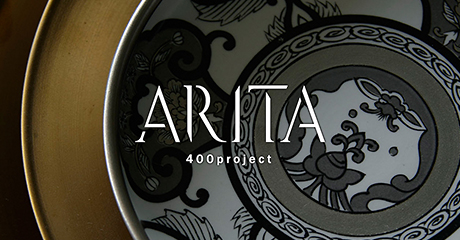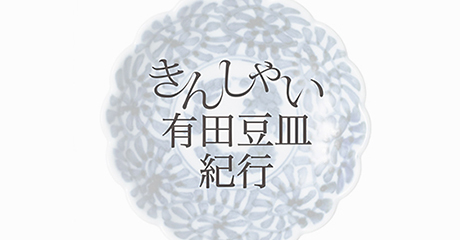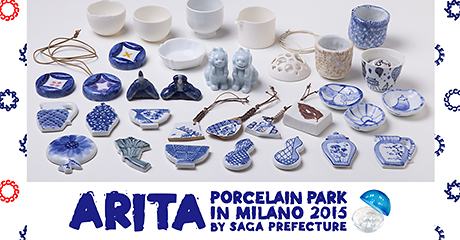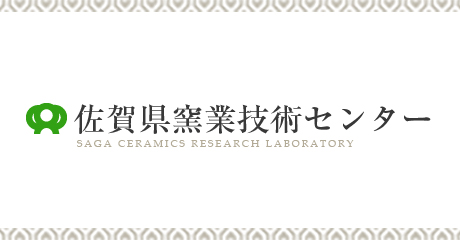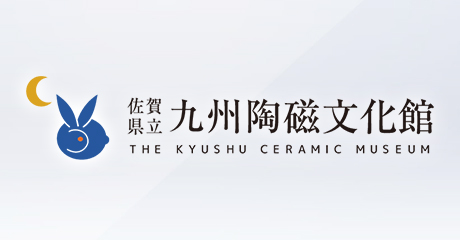029
Ari Lab 2016 Production Center Report Meeting held. A reflection on the three years of the Arita Porcelain 400th Anniversary Projects
An Ari Lab 2016 Production Center Report Meeting was held, in which the companies participating in the eight celebration projects reported their achievements. All the projects finished at the end of 2016 and the knowledge and experience gained will form a foundation to meet the challenges of the next 400 years.
Ari Lab finally came to an end
Since 2013, ARITA EPISODE 2, a group of projects to celebrate the 400th Anniversary of Arita Porcelain, has been promoted by Saga Prefecture, and it concluded at the end of December, 2016.
The ARITA VALUE CREATION LAB (known as the Ari Lab) was one of the projects, under which local companies from the Imari and Arita porcelain production areas and external experts gathered to create new value, and interim report meetings were also held for each project. From the three perspectives of "technology," "design," and "management," Ari Lab carried out activities with a focus on the future of our region and offered a platform for lecture meetings introducing new trends of monozukuri (art of manufacturing) and discussions on the problems facing the production area.
On December 21, 2016, an Ari Lab 2016 Production Center Report Meeting titled "Participating Companies Talk about Arita Porcelain 400th Anniversary Projects and the Future ARITA" was held at the Saga Ceramics Research Laboratory Hall. In this final well-attended meeting, the details and achievements of each project was presented and warmly received.

Knowledge gained from the projects as told by participating companies
From among the 17 celebration projects, participating companies in the eight main projects reported their achievements, and exchanged opinions with Kazuya Shimokawa, the Director of Ari Lab and Design Director of the 400th Anniversary Projects, and Creative Advisor Hidetoshi Kuranari; invaluable experience and knowledge were shared with other local companies and individuals not involved in the projects this time.
Since the time allocated to each project was only 30 minutes or so, the presentations were quite short, but even so the meeting took some five hours. I listened to all the company presentations, and their skillful and smooth presentation only underlined their confidence in their accomplishments in such long-term international projects.
Obviously to condense a two or three-year project into 30 minutes is difficult and much is left out or not explained in detail, which are the shortcomings of such brief meetings. This will be remedied by the preparation of archives cataloguing essential knowledge, and information sharing by ceramics companies in Arita, Saga Prefecture, and the Saga Ceramics Research Laboratory.
Lastly, a panel discussion was held with six members: Mr. Shimokawa and Mr. Kuranari previously mentioned; and representing porcelain producers, Hajime Harada (Representative of Housengama and Chief Director of the Saga Prefecture Ceramic Industry Cooperative); and representing sales companies, Takemasa Kihara (Representative of Kihara, Inc. and Chief Director of the Hizen Ceramics Commerce & Industry Cooperative); and Nobuyuki Shiki (President of the Saga Prefecture Arita Porcelain 400th Anniversary Executive Committee); and Hiromichi Ichinose (Director of the Saga Ceramics Research Laboratory).
When looking back at the history of Arita porcelain, we find a tradition of continuous challenges and innovations, and precisely for this reason, it is important for us to see the 400th Anniversary as an ideal opportunity for a regional review of the values of Arita porcelain, and learn how such values should best be passed on. In this our 401st year, I have been impressed by the determination of the project members, and we have just taken our first step toward the next 100 and 400 years.


Trends of Arita porcelain production center attracting world attention
At this point the prefectural role is ended and many of the projects will be transferred to the participating companies to continue. Mr. Kuranari commented: "It is not our goal to keep all the projects running. We will assess the success of the projects and according to the circumstances, different projects may be combined to keep up their momentum. Through this approach, we anticipate new movements will be born in the production area."
Projects led by a prefecture are usually budgeted for a single fiscal year, and support projects spread over several years and implemented on such a large scale were a very new approach. Such projects have naturally drawn much attention from the domestic and foreign ceramics industry, traditional craftworks, and local industries. With the end of the projects, many people at home and abroad will be keeping a critical eye on the future trends of the Arita porcelain production area.
The Arita Porcelain 400th Anniversary Projects have been carried out thanks to the enormous efforts of the external directors leading each team, many other contributors who have given considerable support, and the participating companies. Under the project flag, people with the same ideals met, gathered, and shared hardships and successes, through which they established strong bonds and a real fellowship born of adversity. Furthermore, they have created networks with supportive external experts who introduced new and refreshing winds into the region. I hope that the knowledge and experience gained from the projects and the many connections made with so many ceramics people all over the world will be further developed and a sequel, a new ARITA story full of splendor be born. Finally, I would like to applaud and offer congratulations for the successful completion of all the projects, and give a cheer for the future ARITA.




